5 Methods for Eliminating Manual Data Entry
5 Methods for Eliminating Manual Data Entry
Why Automate Data Entry?
The true cost of data entry can be difficult to calculate. According to Zip Recruiter, the average data entry clerk’s salary is $39,571, but data entry is performed by more than just dedicated clerks. For example, sales reps spend nearly 15% of their time on administrative tasks, according to Forbes. Even if they are not paid a large salary, there is still the opportunity cost of time that could otherwise be spent driving new business. Just because the cost may be challenging to calculate does not mean business leaders are not aware.
For years, data entry tasks have been outsourced overseas, where labor costs are much more affordable. Data entry outsourcing firms in places like China, India, and the Philippines, can charge as little as $3 per hour. There is a saying, however, that you get what you pay for. Outsourcing data entry can come with its own set of headaches, like poor accuracy and slower turnaround times.
Where companies should have the most concern with outsourcing data entry is with their data’s security. Most companies looking for cost savings through outsourcing are not performing site visits, auditing their contractors’ security practices, or performing independent background checks. While gaining the benefits of lower rates, you lose secure control of your data. This is especially true when outsourcing to China, where it is frequently required to provide encryption keys to the communist government. Chinese business laws dictate the government be able to monitor data going in and out of the country. This should be a huge security concern for companies outsourcing data entry of PII and PHI.
Fortunately, technology has created alternatives to outsourcing our data entry and business processes. Automation software has become more affordable and more capable of tackling complex tasks. By automating data entry, we can regain control of our information, have more accurate outputs, and achieve similar, if not better, cost savings to outsourcing.
Now that we have presented the case for automation, how do we do it? We create a simple, two-step process of extracting the data we require and pushing it to the system that needs it. Where the information comes from and where it is going dictate the strategies we use to capture and post data.
Methods For Capturing The Data
Let’s first take a look at methods for capturing the data:
1. Capturing Structured Forms:
Nearly all businesses utilize structured forms for gathering information. These forms contain fixed fields where information consistently appears in the same location. Government forms like your W-4 are great examples. The static nature of these forms makes them the easiest to extract data from using Optical Character Recognition (OCR) to extract typed text from specific zones of the document.
2. Capturing Semi-Structured Documents:
Forms or Documents with less structure may require more advanced technology to capture the data we need accurately. A semi-structured document may have data displayed in different ways from one document to the next. Think of an invoice document where information like the vendor name and invoice number may appear in various locations from one invoice to the next.
In the case of invoices, we combine several strategies to capture the information we need. After extracting the document text with OCR, we can analyze patterns and look for “anchor” words to capture the details we need. When looking for a Purchase Order number, we can search for a number immediately following anchor words such as “Purchase Order,” “PO Number,” or “P.O.#”
Not every vendor writes their name in plain text. Frequently, the only reference we have is their logo. While this is easy for a person to recognize, it is more complex for a computer. To solve this challenge, we leverage machine learning to associate logos with the appropriate vendors. When an invoice comes in with a logo the software does not recognize, it can be pushed to a verification queue for an operator to type the vendors’ names quickly.Through Machine Learning, the capture software can learn from the verification process and recognize the logo on future invoices.
Another hurdle for invoices is capturing line item details. Most invoice processing software can only extract basic vendor info, due date, and total amount. Since line items appear in a condensed table, traditional OCR software struggles to distinguish one line from another. At Jobes Tech, we leverage advanced data capture solutions to extract line-item details. This allows our customers to better track, audit, and report on expenses.
3. Capturing Unstructured Documents:
Up until recently, capturing data from unstructured documents has been nearly impossible for traditional OCR engines. We have had the ability to scan paragraphs of text for specific words or patterns, but we lacked the ability to capture meaning from free text.
With advances in Natural Language Processing (NLP) software, we can finally provide a solution to this challenge. This has allowed us to capture diagnosis information in healthcare records and incident details in insurance claims.
4. Digitizing Forms:
In an ideal scenario, we can do away with the paper forms altogether by collecting information through web forms. Why not take advantage of the fact that more and more our customers prefer interacting with us digitally? By digitizing the forms you use to collect data and posting them on your website, you can have your customers perform the data entry for you.
5. Web Scraping:
In some cases, you may need to capture data from a 3rd party website. Whether you are looking to capture bill data from a vendor portal or regularly report competitors’ published prices, the process can be automated. Instead of manually copying and pasting this information, we can program and schedule software robots to capture the data for us and post it to your record systems.
Posting Data
Once the data we need has been captured, how do we get it into our line of business systems?
Write to Database
Captured data may be inserted directly into any ODBC compliant database. The data can then be used for analysis or referenced by your IT systems.
API Connection
At Jobes Tech, we employ a seasoned development team with diverse skillsets for developing integrations with a line of business systems. If your applications allow for it, we can leverage APIs to pass data to systems directly.
Robotic Process Automation (RPA)
When writing to a database or API connections are not feasible, we can turn to RPA to automate data entry. We can program a software robot to log into your business systems and input information in a similar manner a human user would. The difference is that the robot can do it at about 15 times the speed, work 24/7, and not make errors in transcribing data.
Data Transformation
In some instances, the raw data we capture may need to be manipulated before being passed to your line of business systems. This is particularly true in accounting, where a single bill may need to be distributed across multiple accounts. In this case, business rules need to be applied before expenses are posted.
To fully automate the data entry process in these scenarios, we have created middleware, data processing engines. These engines allow our customers to input business rules that define how data should be manipulated prior to posting. A key factor to success is creating an interface that enables business users to manage and update rules. This limits the need for IT involvement, allowing the business to make updates without delay.
Business rules may also be applied for data verification and expense auditing. We can compare incoming data to what is expected to flag data inconsistencies or overbilling. By leveraging automation, we can provide a higher degree of scrutiny and account for expenses more granularly than our AP departments may have time for today. This results in additional savings by catching overages and provides more detailed reporting to management.
If you are interested in learning more about how data entry can be automated for your business, give us a call or send an email to schedule time with one of our consultants. We can meet one-on-one to discuss your business needs and see potential solutions in a no-pressure environment. In many cases, data entry automation can be deployed in just a matter of weeks.
Contact us today to cut costs immediately!





Need help? We're here for you. Visit our support site.
Powering transformational tech solutions across industries.
ADDRESS
CALL US AT:
ADDRESS
CALL US AT:
Jobes Technology Solutions, LLC. | All Rights Reserved








